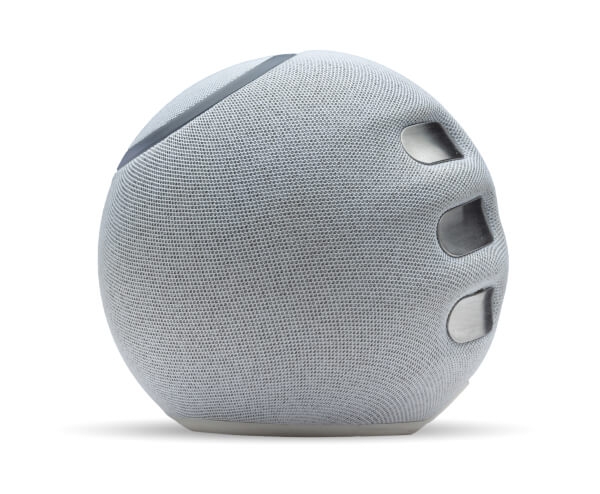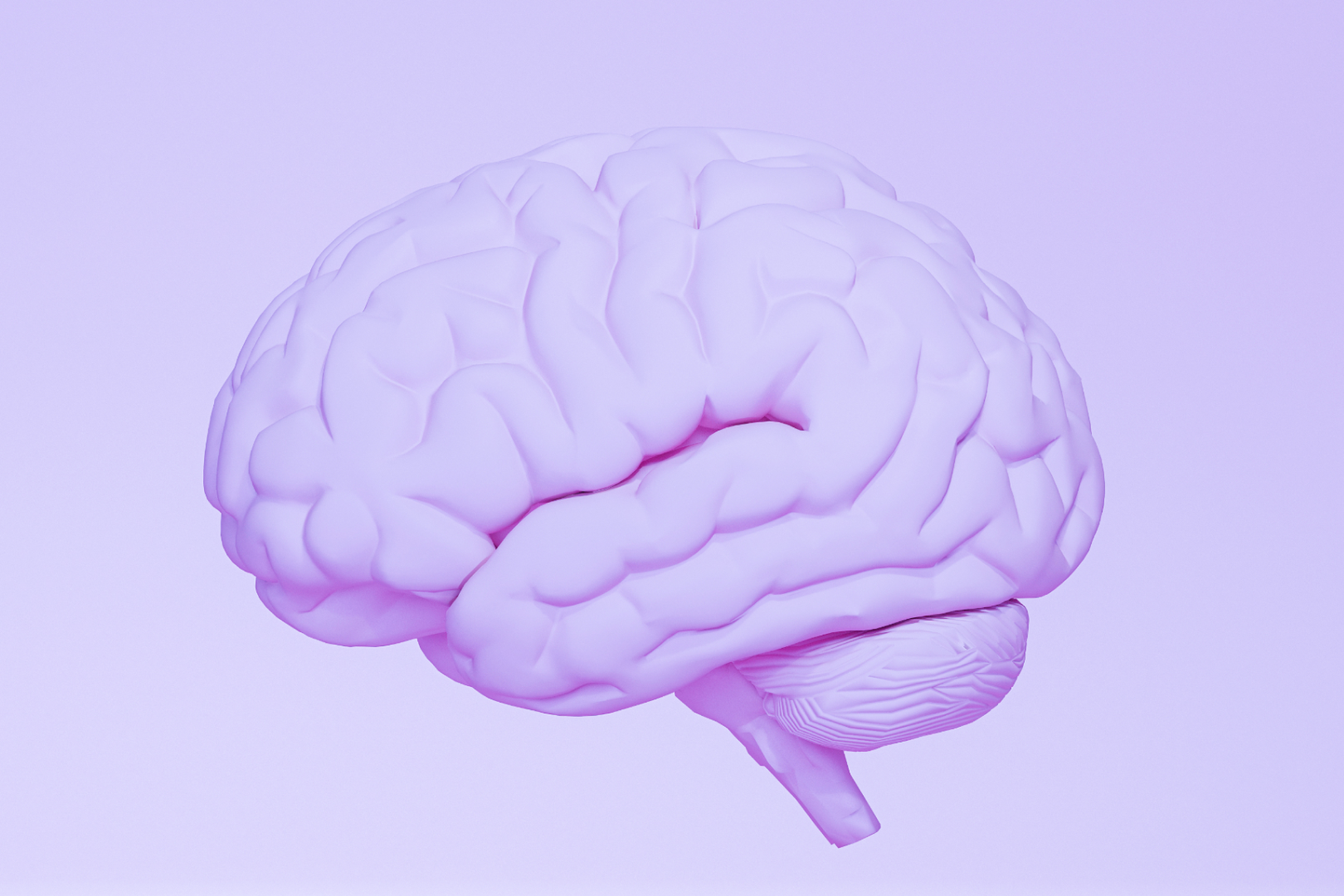If you were to stop and measure your heart rate, the result would be different than an hour or even a few minutes later. That’s because your heart is always adjusting its rhythm in response to the situation. Heart rate goes up during exercise, and down during sleep. It gets faster when you feel excited, and slower when you meditate.
Even drinking coffee or wine can raise your heart rate, while a soothing hug makes it nice and slow. While heart rate is constantly changing, resting heart rate is a strong indicator of cardiovascular fitness and wellbeing.
People who are in good physical shape have a lower resting heart rate than those who are unfit or overweight. There is another powerful way that heart rate can show the state of your health, and it’s called heart rate variability.
What is Heart Rate Variability?
Heart rate variability, or HRV, is a measure of the time between heartbeats – or the variance of your heart rate. When you are stressed, your sympathetic nervous system, which is responsible for the “flight or fight” response, puts your body on high alert.
In this state, the heart rate is typically uniform, with not much variation in the spacing of the heartbeats. This means you have low heart rate variability. When you are relaxed, the parasympathetic nervous system takes over and heart rate is usually less uniform, meaning the time between beats varies somewhat.
This is high heart rate variability. In this way, HRV can be a great indicator of how well your body responds to changing stimuli and stress.
What is heart rate coherence and how is it affected by heart rate variability?
When your heart rate variability is high, this is known as heart rate coherence.
Heart rate coherence is important because it indicates that your heart is effectively adjusting its rhythms depending on the stress factor, an overall sign of emotional and physiological health.
The good news? The heart is a muscle, and like all muscles, it can be trained to develop good rate variability and coherence. The best tool to train the heart is the mind.
What is the relationship between body and mind?
Modern medicine mostly treats the body as a machine, looking for physical problems that need ‘fixing’. But in fact, many people instinctively know that their body and mind are intimately connected and that emotions and thoughts play a major role in our day-to-day wellbeing.

Author and physician John Sarno, perhaps the most famous medical practitioner to focus on the mind-body connection, noted that while we don’t know exactly how or why our brains cause physiological changes in the body, it is evident that negative emotions lead to muscle tension, increased heart rate, increased blood pressure, chronic pain, and a host of other complaints.
Gaining control of the mind (our emotional state) is the key to improving the health of the body.
Relaxing the nervous system naturally
The nervous system is actually made up of two different systems working together:
- The sympathetic nervous system, which controls the “fight or flight” response, releases stress hormones that put the body on alert when under threat;
- The parasympathetic nervous system is known as “rest and digest”. This system takes control when we are in a natural, relaxed state, and not faced with environmental threats or stressors.
The modern lifestyle is fast, hectic, and high-powered. When the sympathetic nervous system is in constant high gear, then the body spends too much time in a state of fight or flight.
This can lead to all kinds of health and emotional issues, or even just a feeling of not quite being at your best. There are ways to relax the nervous system that don’t involve medications or complicated interventions.
Meditation, mindfulness, and biofeedback are all examples of things you can do on your own to switch your nervous system into parasympathetic mode, cope better with stress, and maintain a calmer state – naturally.

What does science have to say about mindfulness meditation?
Mindfulness meditation is an effective and natural technique to practice spending more time in a peaceful state of ‘rest and digestion. Meditation involves focused concentration on breathing, and this has a two-fold effect.
First, by controlling and slowing down the breath, blood oxygen levels are improved, and this leads to an overall calmer feeling.
Second, by bringing attention to the breath, the mind is released from negative thinking and compulsive thought patterns that lead to stress.
Research at Harvard University has shown that mindfulness may even ‘change the brain’. In a study on people suffering from depression, mindfulness practice was shown to have had a profound positive effect.
How does meditation affect the heart?
Mindfulness meditation supports the activity of the parasympathetic nervous system, helping the body to enter into a relaxed state more often and more easily.
Studies among monks practicing meditation showed that it is entirely possible to use mind-body techniques to improve your heart rate variability. By tapping into the power of the body and mind connection, meditation can have a significant impact on HRV parameters and overall heart health.

Heart Rate Variability during meditation
Another study, published in the European Journal of Preventive Cardiology, describes how 27 healthy, middle-aged individuals were tested for heart rate variability effects during meditation.
What was fascinating about the results was that during meditation, the participants’ breathing and heart rate remained unchanged, and their blood pressure even rose slightly. Even so, the HRV parameters were shown to improve while practicing meditation, helping to reduce cardiovascular risk.
This shows how meditation can be so beneficial to heart rate variability and overall heart health, even as the other measurements, like heart rate and blood pressure, do not necessarily reflect the benefits in the particular moment.
Listen to your heart – Meditation HRV Biofeedback Training
Heart rate variability is a strong indicator of how well your nervous system is responding to different sources of stress as they arise. If your heart rate variability is on the low side, then this means that your sympathetic nervous response is overactive.
Training the mind to relax with meditation and mindfulness is a proven antidote to stress and many of its symptoms, including low heart rate variability. That’s where HRV biofeedback training can really lower your stress levels and improve your wellbeing.
With a good biofeedback device, it is easy to track heart rate variability, either with a therapist or on your own with a home biofeedback device. The instant visual and auditory feedback on heart rate variability is incredibly powerful, helping you to become aware of how your body is responding to stress in real-time.
By using mindful meditation practices, you can train the body to calm its sympathetic nerve activity, and achieve higher HRV. Then, you can use these techniques to calm your heart rate variability every day, and start enjoying the sense of well-being that makes life more rewarding and enjoyable.






